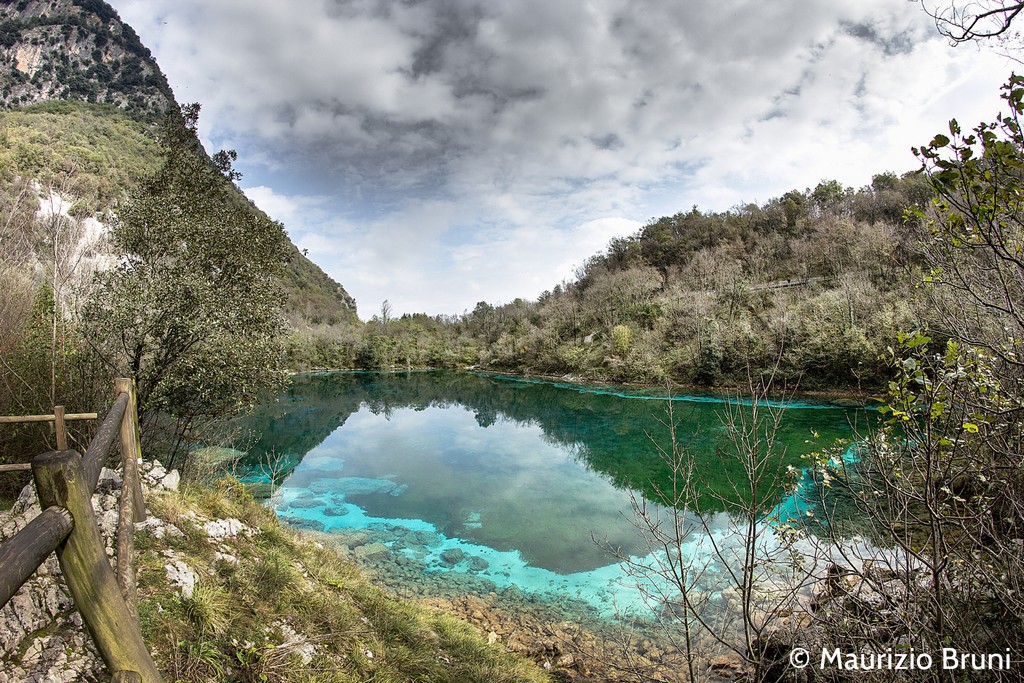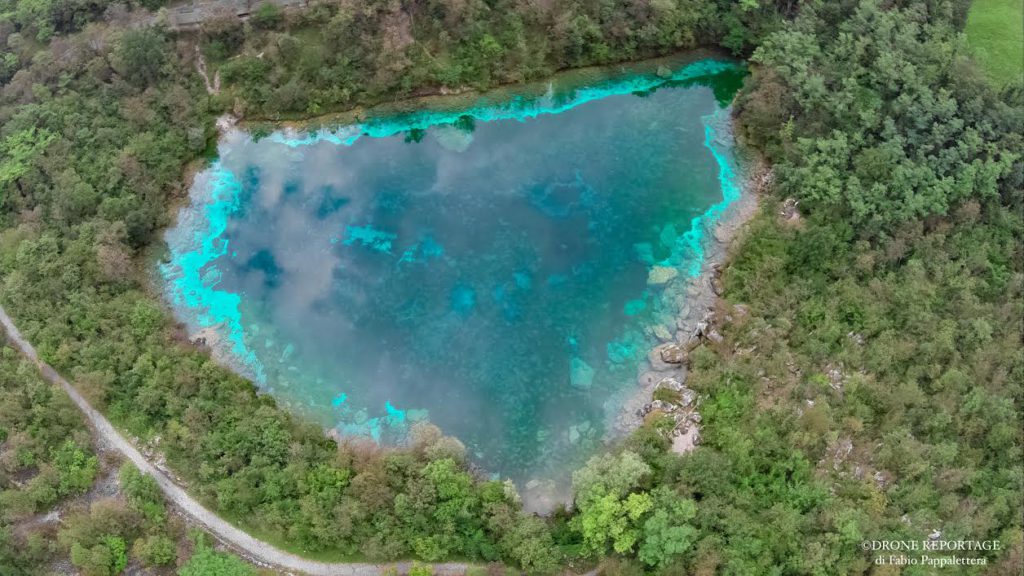The Lake

The Lake of Cornino is a small body of water that formed during the retreat of the ice that took place about 10,000 years ago. In this period, many major landslides occurred along the sides of the valleys (which until then were smoothed by the action of glaciers) that were suddenly deprived of the support provided by the mass of ice. The current topography is the result of one of these landslides with an outermost cordon enclosing a upstream depression. The bottom of this depression is almost ten metres lower than the bed of the Tagliamento and the waters of the aquifer of the Plain of Osoppo make their way through the permeable sediments of this ancient landslide.
These waters are easily distinguishable from those coming from the prealps for a chemical “trace” that distinguishes them. Coming from the basin of the Tagliamento they are loaded with calcium sulphate that comes from dissolution of gypsum that abounds within its basin, but that is absent in the pre-alpine basins. Pure waters from a different source reach the lake from the plateau of Monte Prat. The rain that falls here is completely absorbed by dolines and by sinkholes and goes to feed flows of a karstic nature that are able to traverse the entire limestone mass.
But below the limestone there is a substrate of sandstones and marls which, being non-calcareous, does not exhibit karst phenomena and is, to all intents and purposes, impermeable. Their presence therefore prevents the water from continuing down and brings about its build-up. For this reason, wherever it occurs, the limestone-sandstone contact is always characterized by a series of springs of varying size. Although not visible, these karst springs certainly also feed the lake, thus diluting the water from the Tagliamento. This ensures that the level of the lake is slightly above the height of the water table present on the Plain of Osoppo. This situation produces a flow of surface water that feeds a series of perennial springs at the base of the hills surrounding the lake, on the side facing the Tagliamento. These sources give rise to a stream that borders the village of Somp Cornino, enriching it with a well-preserved natural environment.

The lake, just over 140 metres in length and 8 metres deep, has neither tributaries nor emissaries, but the groundwater flow is so strong that there is a rapid turnover of its water. This accounts for its peculiar transparency and the very low temperature variations (its temperature generally ranging between 9 and 11 ° C) over the course of the year (homeothermy). These characteristics allow it to be classified as an oligotrophic lake, poor in nutrients. The lake-bed is dominated by green algae that form dense underwater meadows, while the rocks are colonized by blue-green algae. The scarcity of nutrients and the low temperature of the water greatly reduce the opportunities for life within it and the fish fauna is poor and linked to introductions of cyprinids and salmonids but the presence of Crayfish (Austrapotamobius pallipes) is certainly interesting.
